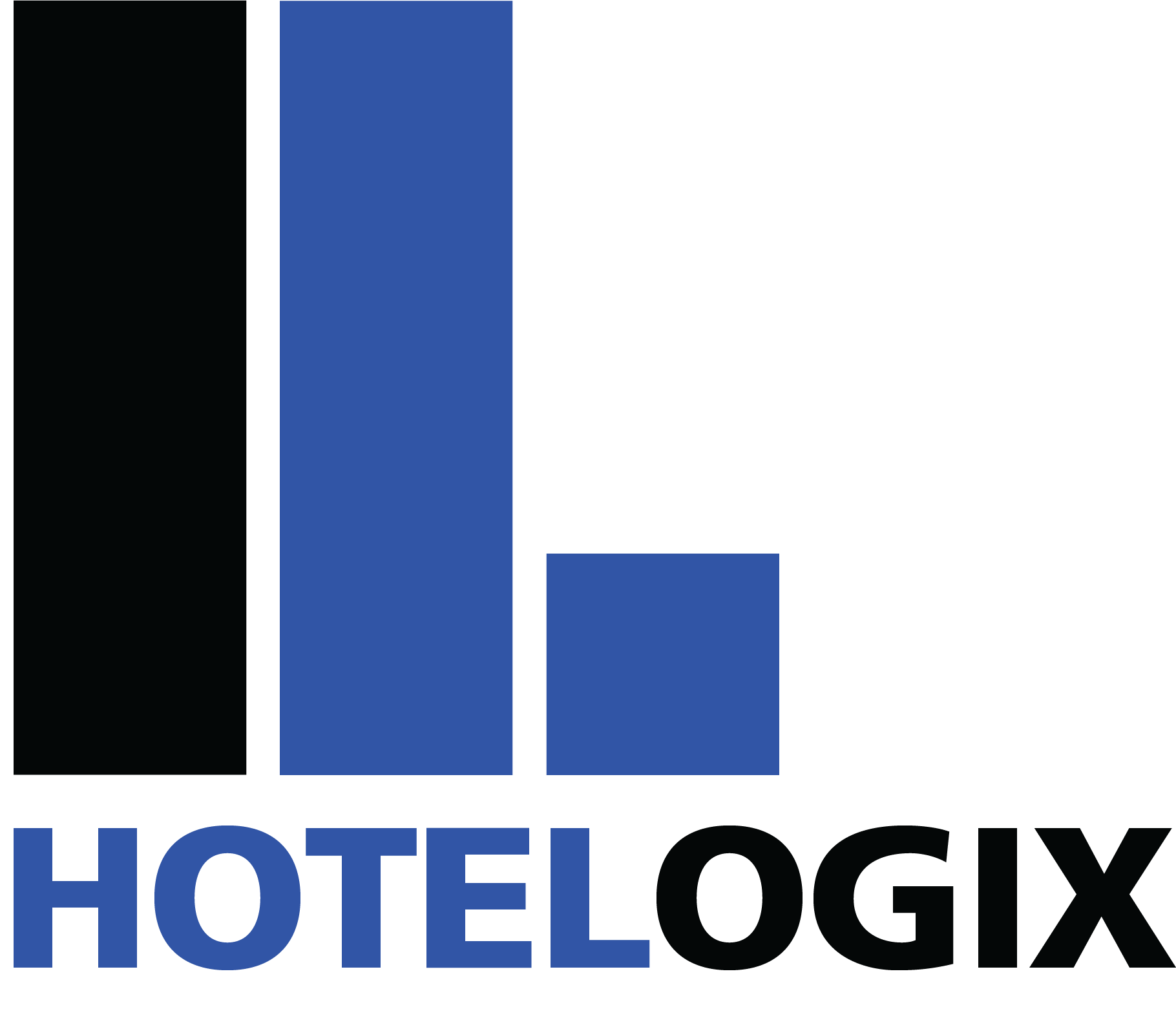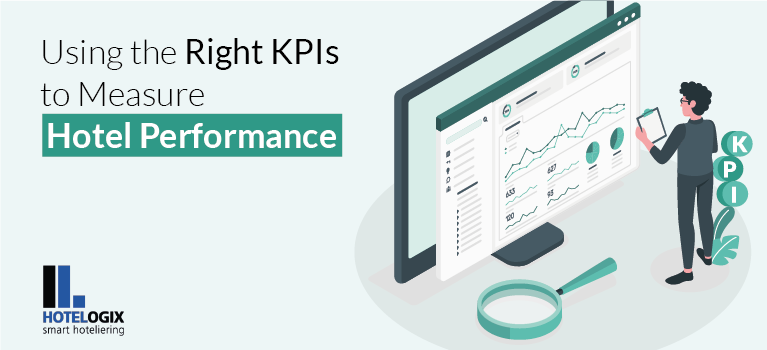As newer, cutting-edge technology makes its way into the hotel industry, different hotel business metrics become essential for measuring performance. Management must understand how to read and take advantage of hotel industry performance metrics efficiently.
Whenever you turn around, there are new hotel performance metrics allowing management to increase revenue, advertise more efficiently, and improve a handful of other tasks. Regardless of the new formulas used in the hotel industry, it seems that the more common hospitality metrics are always at the forefront of performance measurement.
However, there’s no questioning the fact that the more hotel financial metrics you have at your disposal, the more you can improve the efficiency of the operation. New hotel KPIs extend far beyond the measurement of guest metrics and delve into hotel industry data as a whole, marketing performance, and other ways to increase hotel business revenue.
Performance measurement in the hotel industry is critical, regardless of the hospitality metrics. The bottom line is, that if you want a healthy organization, you need to be aware of the key hotel performance metrics.
In the following article, we’ll dive into a hotel’s key performance indicators and all the critical areas you should be giving attention to. We’ve broken down multiple hotel metrics based on category, making them easier to understand and track.
Financial Performance KPIs
These KPIs help you compare your financials to hotel industry financial ratios and more vital areas of importance.
Gross Operating Profit
The main metric for a hotel’s financial picture is the Gross Operating Profit (GOP). In simple terms, GOP measures a hotel’s profits after all overhead expenses have been accounted for.
Your GOP can give you a quick overview of your hotel’s performance. However, if you want to make changes based on financial information, you’ll have to dive a little deeper.
Occupancy Rate
Your occupancy rate is the percentage of rooms rented based on the number of rooms you have available. This is easily one of the most important metrics in the hotel business for several reasons.
First, it gives you a firsthand view of how your hotel is performing when it comes to selling rooms. Additionally, occupancy rate lays the groundwork to measure more important KPIs.
Average Daily Rate (ADR)
The Average Daily Rate (ADR) is designed to help hotels measure how profitable they are. Basically, these give you a glimpse into how much your rooms rent for per day on average during any specific window of time.
This metric can help you more accurately forecast trends and give you a better idea of what to set your prices at during a given time of year.
Average Room Rate
This metric is extremely similar to the previous offering, with a slight difference. The primary difference is that the Average Room Rate (ARR) is typically used to measure the average price of rooms over extended periods of time. Normally, ARR is used when it comes to weekly and monthly rates to get a bigger picture when it comes to averages.
Revenue Per Available Room (RevPAR)
Your RevPAR is calculated using two different equations. The first is by multiplying your ADR by the occupancy rate or dividing your organization’s total room revenue by the number of available rooms during the period in question.
Marketing ROI
In the past, measuring the return on your marketing spend proved to be difficult in some cases. However, thanks to modern technology, the smallest factors can be pinpointed regarding your marketing return on investment.
Operational Costs KPI
These metrics are primarily based on your hotel’s key functions and expenses. It’s important to efficiently measure these, as they entail your organization’s primary operations.
Energy Management
When it comes to the hotel business, electricity is a large part of the budget. In fact, it’s the largest expense in terms of overhead. Luckily, certain technologies on the market make it much easier to keep an eye on your consumption and make adjustments based on real-time energy use. Smart thermostats and sensors monitor patterns and changes in your system, making critical adjustments during peak demand times. These systems also can look into the past and measure historical energy patterns and compare them to current readings.
Water Consumption
Electricity isn’t the only major energy utility that hotels must worry about. Water is used EVERYWHERE in the hotel, from the pool to the rooms, the kitchen, to housekeeping; it can take up a good chunk of your overhead.
Many hotels use devices that prevent the overuse of water and even help avoid water-related damage. Something as simple as a leaky faucet can approach the thousand-dollar mark when it comes to additional usage on your bill.
Labour Costs
Another major cost of any hotel operation is labour. It takes a huge staff to power a hotel daily. The front desk, the maintenance, the housekeepers, and the management all play a vital role and should be considered a critical part of the operation. Labor is one of the most expensive elements when it comes to the budget and monitoring overall labor expenses against profits taken in can be very important. When it comes to the healthy operation of any hotel, your labour going out versus profit coming in helps you to avoid having too many people on the clock during the slow season.
Guest Experience KPIs
These metrics are important for helping to determine whether guests may become repeat customers or place a booking at all.
Online Feedback
Feedback consists of a lot more than just a star rating these days. Longform, in-depth reviews are placed on heavily viewed websites. Hotels should constantly monitor online ratings and reviews. This feedback can be used to make adjustments to add to the overall guest experience.
Customer Satisfaction
Your customer satisfaction can be measured in several ways, including online questionnaires after guest stays or cards left in the room or at the front desk. These, just like the previous metric, go a long way in improving the guest experience.
If you want a more manageable way to keep track of important KPIs and make adjustments in real-time, Hotelogix PMS allows you to monitor and control all of the working elements of the property. You can manage teams, adjust room rates, and measure and adjust nearly every critical part of your daily operation.
To find out how we can help you become more efficient using data and analytics, contact Hotelogix today!

